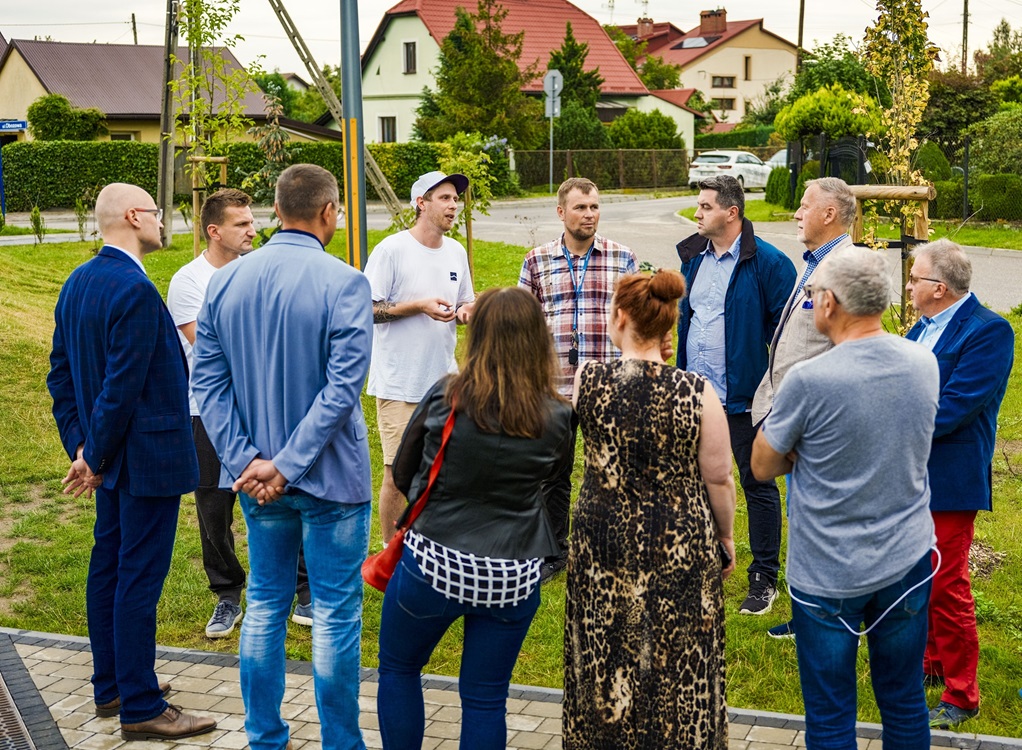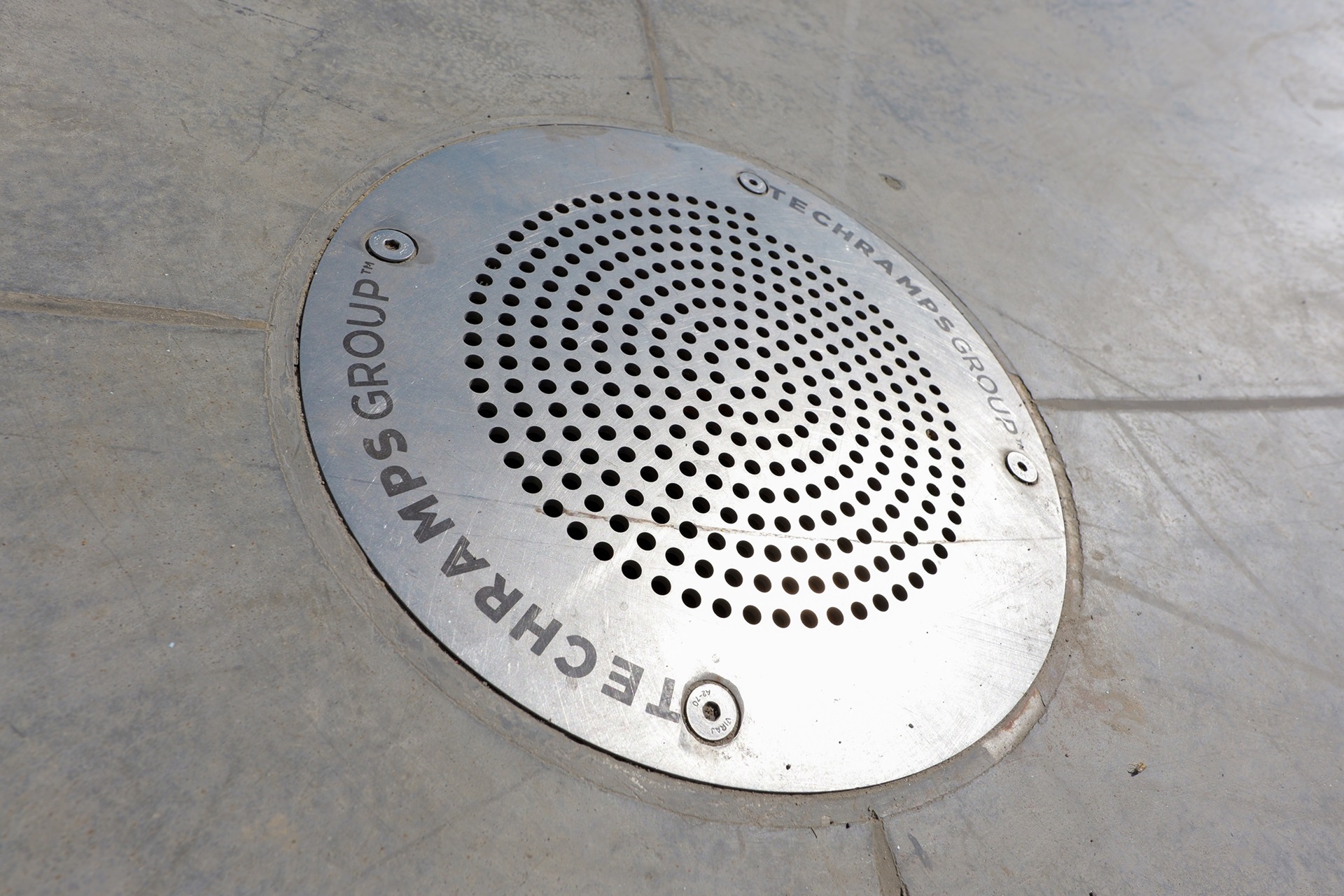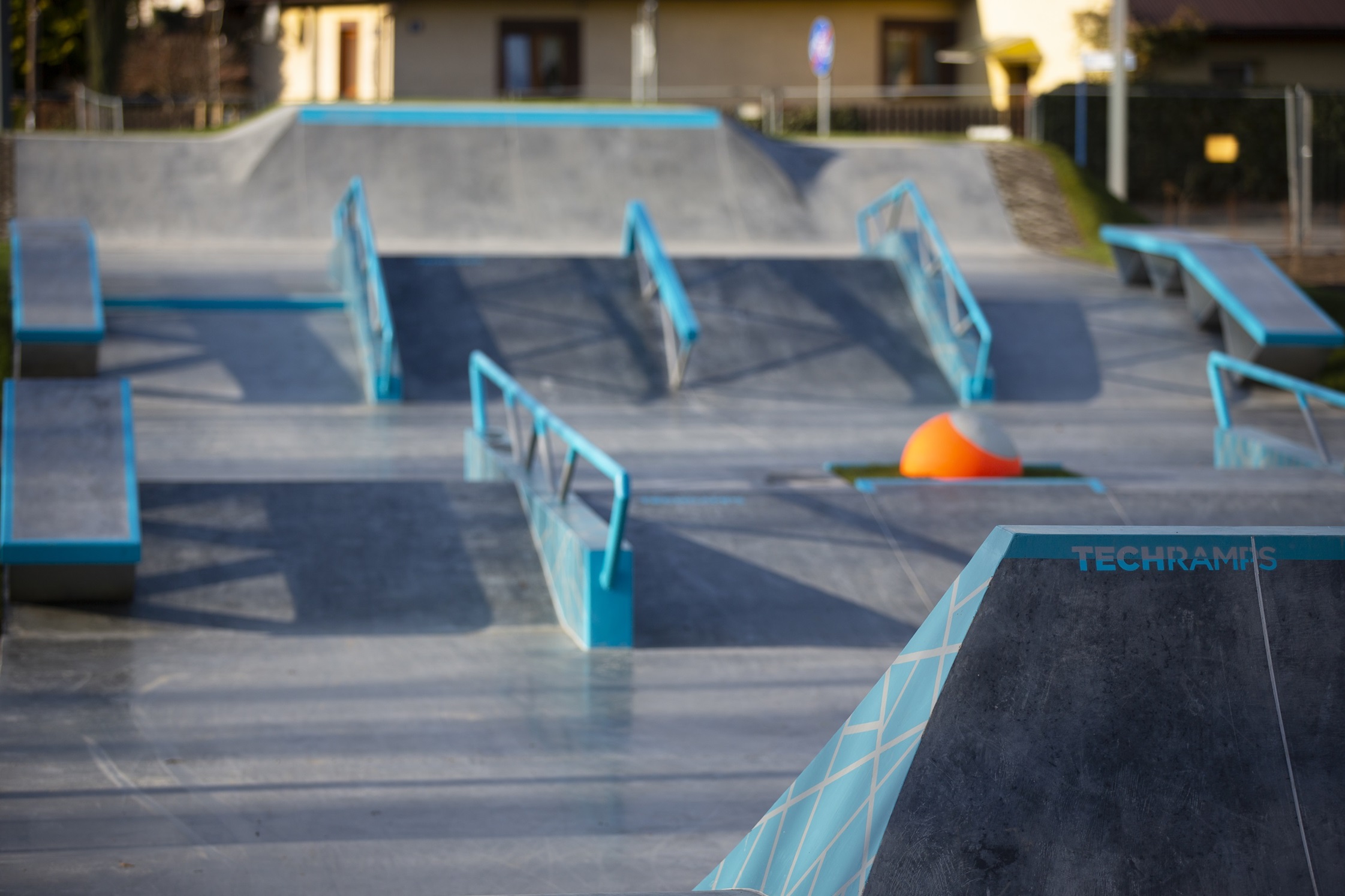Since the skatepark often constitutes a small percentage of the overall investment, it does not receive adequate design and implementation attention. Sometimes it is not designed by specialists, but is "tacked on" to the overall project, without understanding its specifics. This results in facilities that are non-functional, unfriendly to users, and sometimes even dangerous.
Meanwhile, a well-designed concrete or modular skatepark is a facility that requires both expertise and knowledge of the needs of the skateboard, BMX or scooter community.
Within the framework of large-scale developments, skateparks are often implemented based on old, schematic solutions - incompatible with current trends and standards. This is the result of simplification of the execution process, in which all the attention is focused on the main elements of the investment, and smaller ones - like the skatepark - are treated negligently.
Instead of modern and varied obstacles, there are duplicated layouts from a decade ago, made of low-life materials that wear out quickly or simply do not provide an adequate level of riding.
One of the most serious problems is the lack of specific requirements for the skatepark in the tender documents. Overly general provisions mean that companies without any experience in building skateparks are allowed to proceed. The result is facilities that deviate from quality and functional standards, and sometimes from formal requirements such as PN-EN 14974.
The most common errors in this regard are:
Lack of consultation with users
Unlike investments made, for example, from the civic budget, in which contact with the local community is crucial, large projects rarely take into account the opinions of skatepark users. This is a serious mistake.
A skatepark that is not created in dialogue with people who ride skateboards, rollerblades, scooters or BMX, very often does not meet their needs. This applies to both the level of difficulty and the layout of obstacles. Such a facility is then sometimes simply unused. Or it quickly becomes functionally obsolete.

Consultation with officials in the town of Brzeszcze
Skateparks have their own technical peculiarities, which are not known to standard building inspectors. Supervision of such facilities should take into account, for example, proper slope angles, curve radii, edge safety and proper drainage. Without this knowledge, it is easy to allow the use of an object that, from the user's point of view, is not only defective, but also dangerous.

The drainage component of a concrete skatepark
It happens that the documentation does not even contain basic information - such as the minimum riding surface, the type of materials or the detailed specification of obstacles. Then the contractor, wanting to fit within the budget, may propose the cheapest possible solutions. And this leads to rapid degradation of the facility, maintenance problems and the need for costly upgrades.
From our experience as a manufacturer and designer of skateparks, it is clear that it only takes a few sensible decisions to significantly improve the quality of such developments:
Detailed technical provisions - specifying standards, materials, construction solutions and compliance with PN-EN 14974.

Construction site of the skatepark in the village of Brzeg
Skatepark is not a decoration or an accessory - it is a sports facility that requires expertise in design, technology and use. As a company specializing in the implementation of such facilities, we encourage investors and designers to treat this part of the investment with due seriousness.
Good decisions at the bidding and design stage mean not only a better facility - it also means user satisfaction, higher safety and durability for years to come!